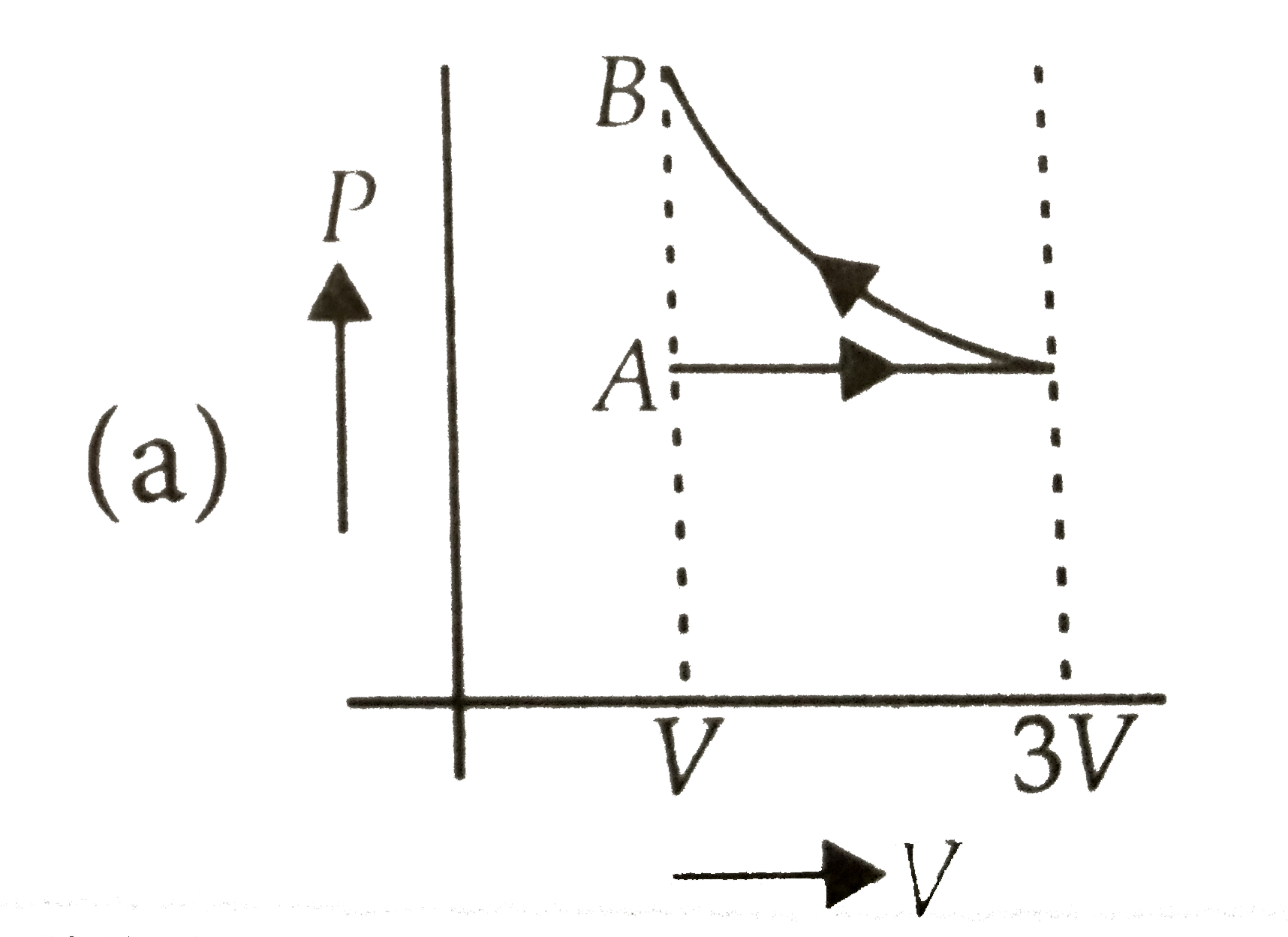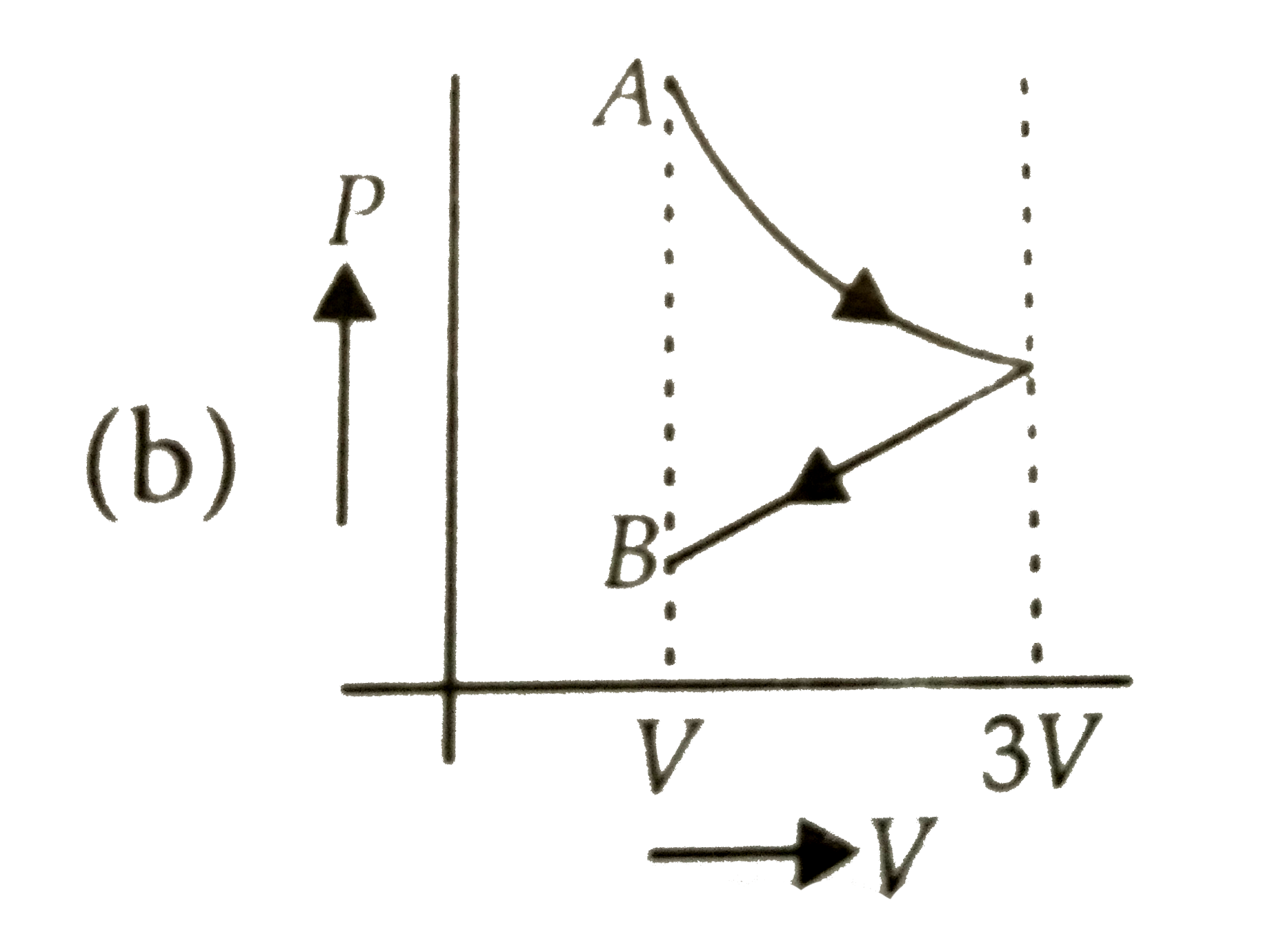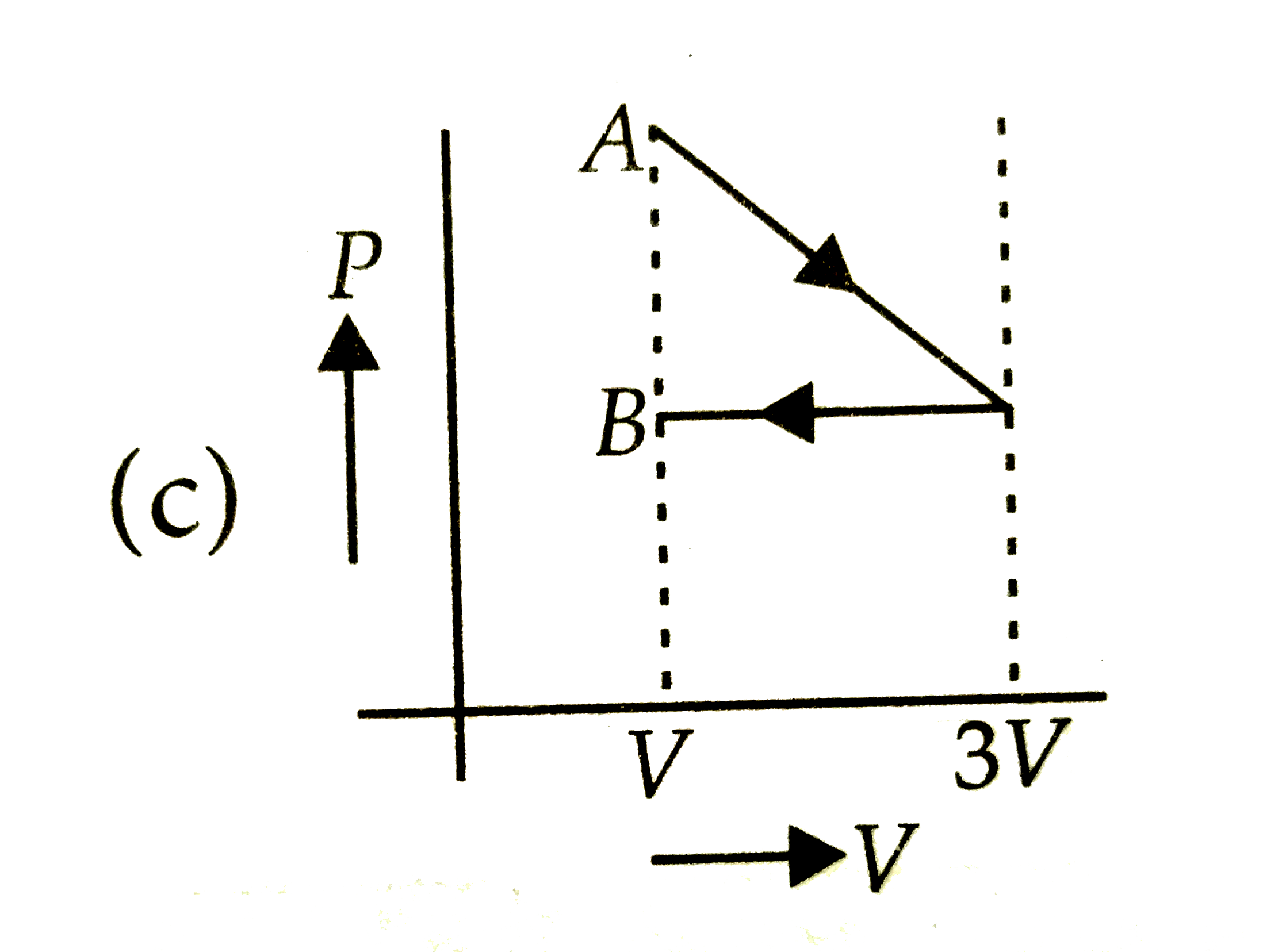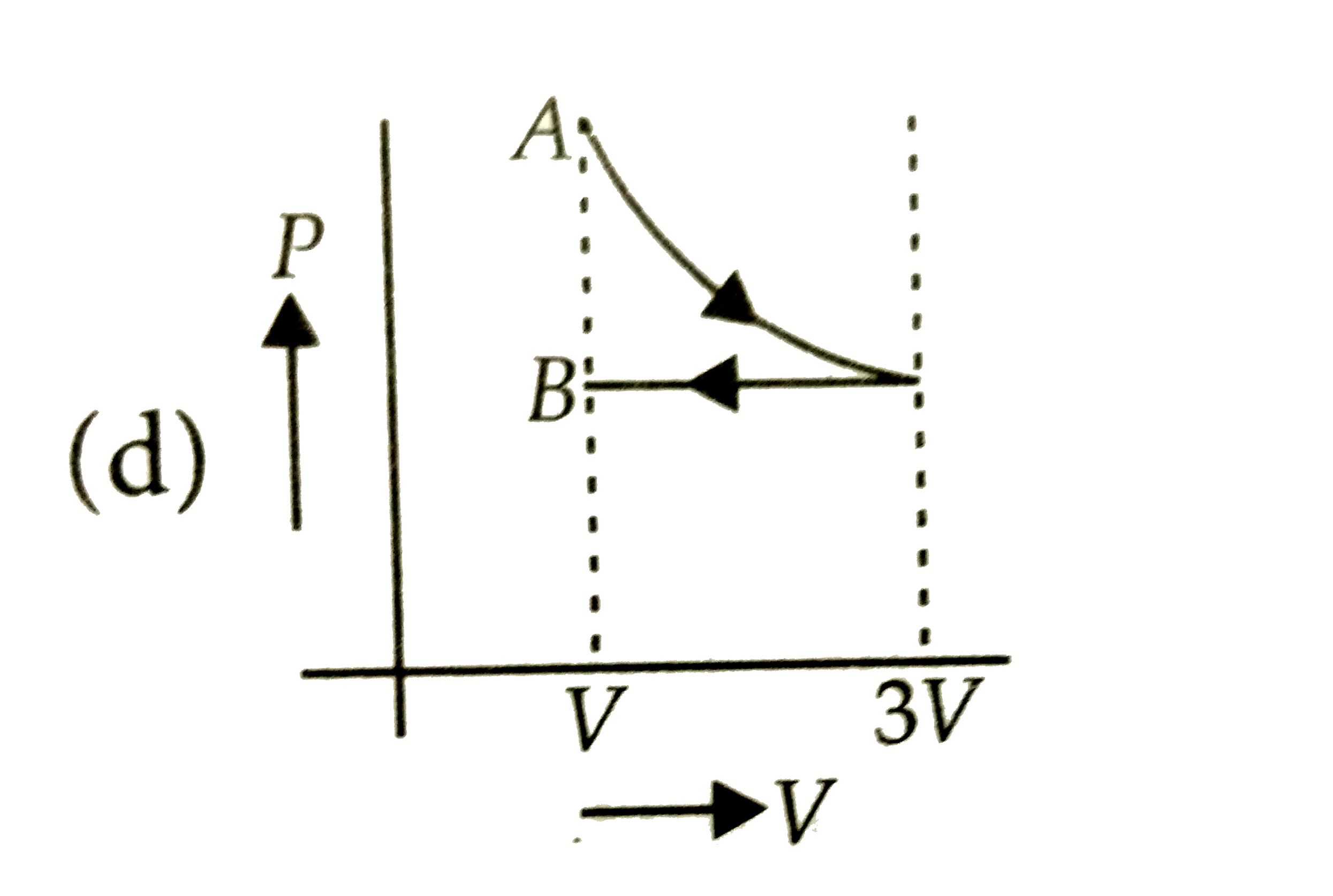A
B
C
D
Text Solution
Verified by Experts
The correct Answer is:
|
Topper's Solved these Questions
THERMODYNAMICS
NCERT EXEMPLAR ENGLISH|Exercise VERY SHORT ANSWER TYPE QUESTIONS|5 VideosView PlaylistTHERMODYNAMICS
NCERT EXEMPLAR ENGLISH|Exercise SHORT ANSWER TYPE QUESTIONS|6 VideosView PlaylistTHERMODYNAMICS
NCERT EXEMPLAR ENGLISH|Exercise LONG ANSWER TYPE QUESTIONS|5 VideosView PlaylistTHERMAL PROPERTIES OF MATTER
NCERT EXEMPLAR ENGLISH|Exercise Very short Answer type Questions|15 VideosView PlaylistUNITS AND MEASUREMENTS
NCERT EXEMPLAR ENGLISH|Exercise Long Answer Type Questions|9 VideosView Playlist
Similar Questions
Explore conceptually related problems
Knowledge Check
Similar Questions
Explore conceptually related problems
NCERT EXEMPLAR ENGLISH-THERMODYNAMICS -MULTIPLE CHOICE QUESTIONS (MORE THAN ONE OPTIONS)
- Which of the processes described below are irreversible ?
Text Solution
|
Play - An idel gas undrgoes isothermal process from some initial state i to f...
02:19
|
Playing Now - Figure shows the p-V diagram of an ideal gas undergoing a change of st...
02:55
|
Play - Consider a cycle followed by an engine (figure.) 1 or 2 is isoth...
04:23
|
Play - Consider a heat engine as shown in figure. Q(1)and Q(2) are heat added...
03:31
|
Play



